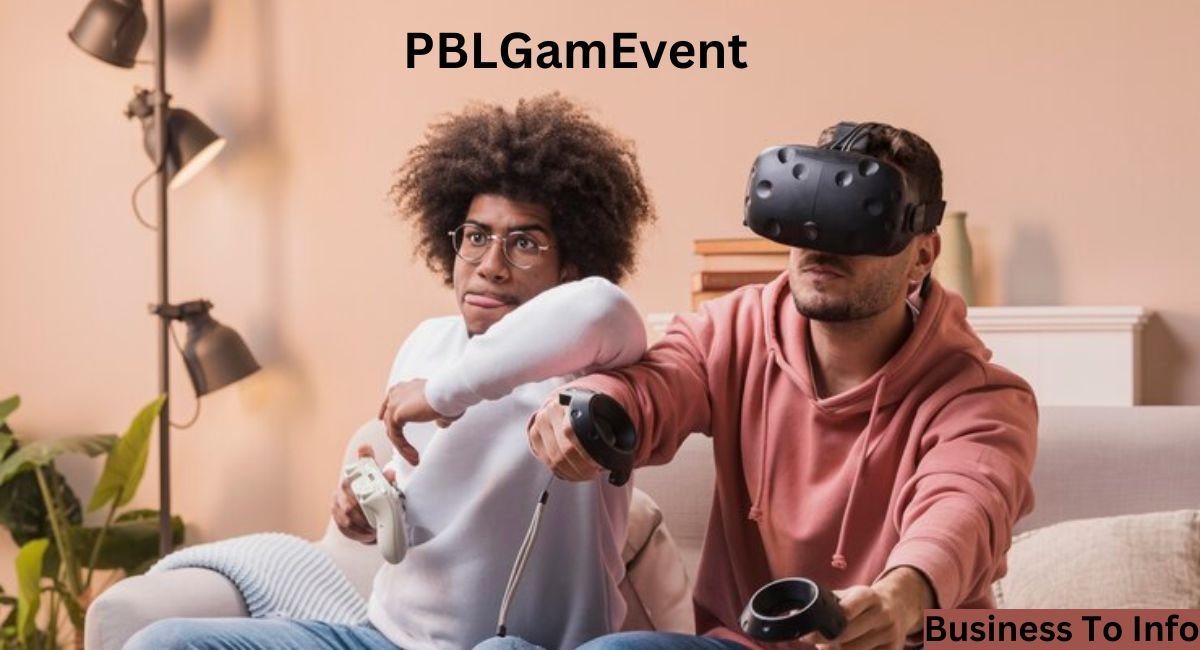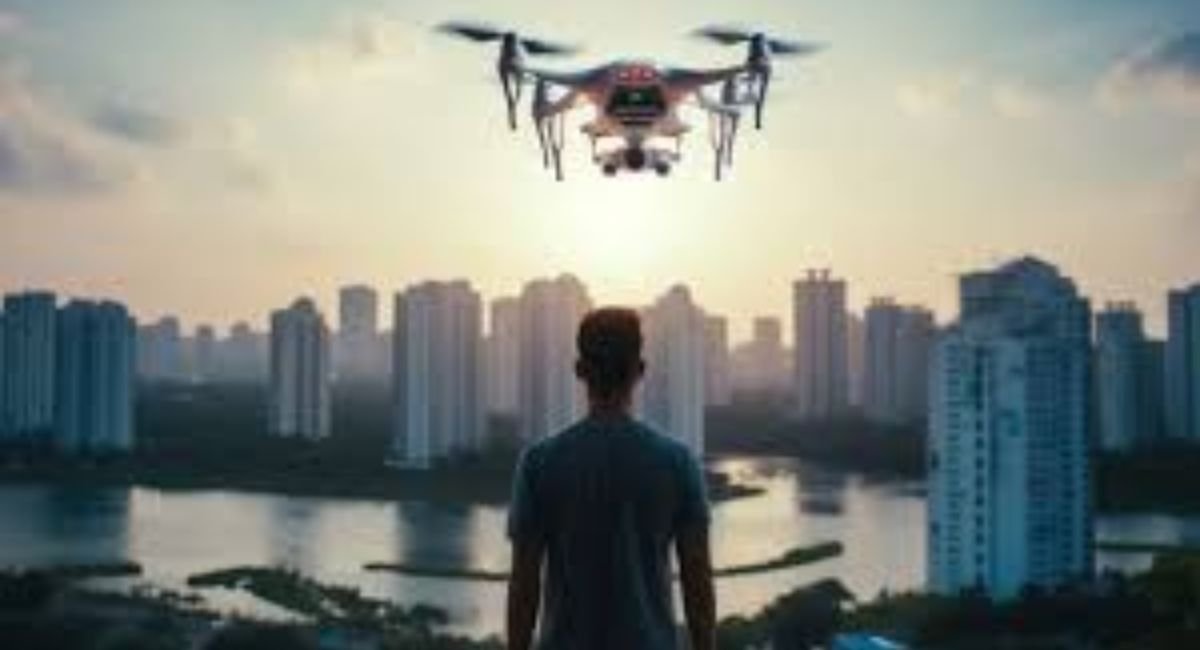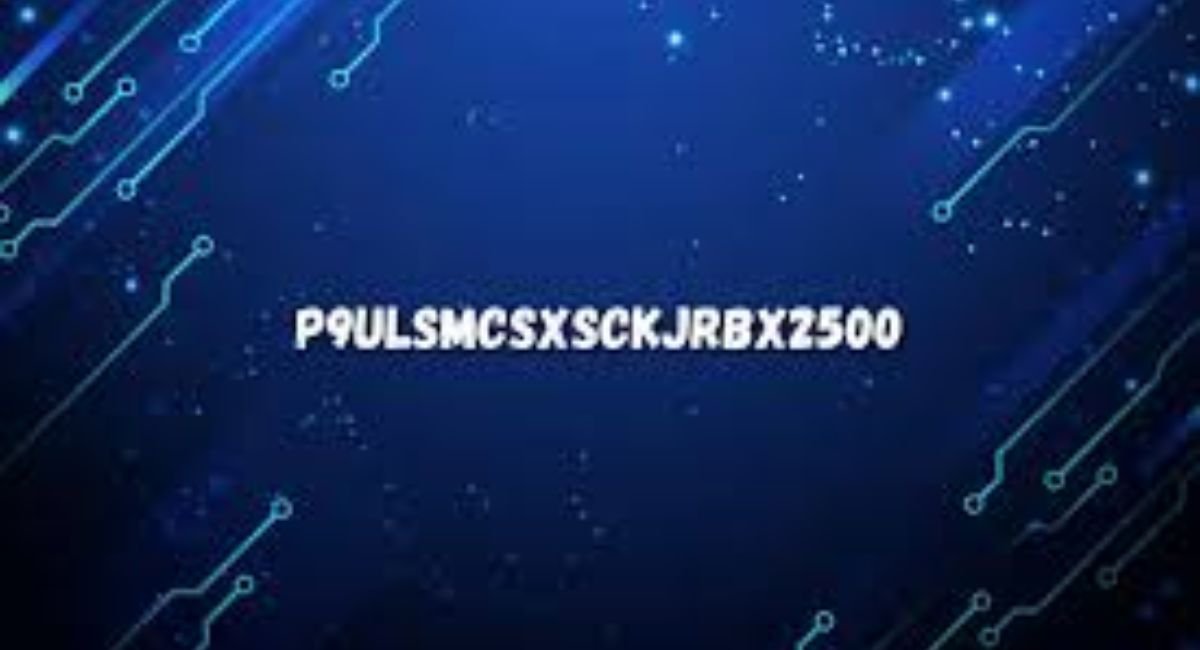Introduction to PBLGameEvent
Problem-Based Learning (PBL) has emerged as a transformative approach in modern education, blending practical problem-solving with dynamic interactive methods. At the heart of this evolution lies the PBLGamEvent, an innovative educational strategy designed to engage students actively and foster a deeper understanding of complex subjects. By integrating game mechanics into the learning process, PBLGamEvents offer a refreshing departure from traditional teaching methods, emphasizing student participation, critical thinking, and real-world application.
What is PBLGamEvent?
A PBL Game Event is a structured educational activity that combines the principles of Problem-Based Learning with the engaging elements of game play. In this setup, students are presented with a scenario or challenge that mimics real-life problems, requiring them to work collaboratively to devise and implement solutions. The game-like environment not only makes learning more enjoyable but also helps students develop essential skills such as teamwork, communication, and analytical thinking.
The Evolution of Problem-Based Learning
Problem-Based Learning originated in the medical field in the 1960s, aimed at better preparing students for practical challenges they would face as professionals. Over the decades, it has evolved and expanded across various disciplines, proving effective in enhancing critical thinking and problem-solving abilities. The integration of game elements into PBL represents the latest evolution, making the learning process more interactive and aligned with the digital age’s demands.
Importance of Interactive Learning
Interactive learning shifts the focus from passive absorption of information to active participation. This approach not only improves retention but also ensures that students can apply their knowledge practically. PBL Game Events epitomize interactive learning by immersing students in scenarios that require active problem-solving, thus bridging the gap between theoretical knowledge and practical application.
Components of a PBLGamEvent
Creating a successful PBL Game Event involves several key components that ensure both educational value and engagement.
Core Elements of PBL
At its core, PBL revolves around presenting a problem that lacks a straightforward solution, encouraging students to explore, hypothesize, and experiment. These elements foster an environment where students learn to approach challenges methodically, consider multiple perspectives, and derive solutions through critical thinking and collaboration.
Game Mechanics in Education
Incorporating game mechanics into PBL enhances engagement and motivation. Elements such as points, levels, challenges, and rewards provide a structure that keeps students invested in the learning process. These mechanics help in maintaining a balance between educational objectives and entertainment, ensuring that learning remains the primary focus.
Designing an Effective PBL Game
Designing an effective PBL game requires a thorough understanding of educational goals, student needs, and the subject matter. The game should be challenging yet achievable, with clear objectives and guidelines. It should also include elements that encourage collaboration and critical thinking, ensuring that students not only learn but also enjoy the process.
Implementing PBL in Classrooms
Integrating PBL games into classroom settings involves careful planning and execution.
Steps to Integrate PBL Games
To successfully implement PBL games, educators should follow a structured approach. This includes identifying relevant problems, designing engaging scenarios, and providing necessary resources and support. Additionally, continuous assessment and feedback are crucial to refine the approach and enhance its effectiveness.
Teacher’s Role in PBL
Teachers play a vital role in facilitating PBL by guiding students through the problem-solving process. Rather than providing answers, teachers act as mentors, encouraging students to explore and find solutions independently. This shift from traditional teaching roles requires a change in mindset and teaching strategies.
Student Engagement and Participation
Active participation is crucial for the success of PBL. Engaging students requires creating a supportive environment where they feel comfortable sharing ideas and taking risks. Encouraging collaboration and fostering a sense of ownership over the learning process can significantly enhance student engagement.
Benefits of PBLGamEvents
The benefits of PBL Game Events extend beyond academic learning, impacting various aspects of student development.
Enhanced Critical Thinking Skills
PBL challenges students to think critically and analytically. By working through complex problems, students learn to evaluate information, identify patterns, and develop logical solutions. These skills are essential for academic success and valuable in real-world scenarios.
Improved Collaboration and Teamwork
Working on PBL games often requires students to collaborate, promoting teamwork and communication. These activities help students learn to work effectively with others, appreciate diverse perspectives, and develop interpersonal skills that are crucial in both academic and professional settings.
Real-World Problem-Solving Experience
PBL provides students with opportunities to tackle real-world problems, making learning more relevant and practical. This hands-on experience prepares students for future challenges by developing their ability to apply theoretical knowledge in practical situations.
Challenges and Solutions
Despite its benefits, implementing PBL comes with its own set of challenges.
Common Challenges in PBL Implementation
Some common challenges include resistance to change from traditional teaching methods, lack of resources, and difficulties in designing effective problems. Additionally, ensuring consistent student engagement and maintaining a balance between guidance and independence can be challenging.
Overcoming Obstacles in PBL Games
To overcome these challenges, educators need to be flexible and innovative. Providing adequate training and resources for teachers, using technology to enhance learning, and continuously refining the approach based on feedback can help address these issues. Collaborative efforts among educators, students, and administrators are crucial for successful implementation.
Case Studies of Successful PBL Events
Examining successful PBL events can provide valuable insights and inspiration. For instance, some schools have effectively integrated PBL into their curriculum by developing interdisciplinary projects that involve real-world problems. These case studies highlight the importance of careful planning, collaboration, and continuous assessment.
Future of PBLGamEvents
The future of PBL Game Events looks promising, with technological advancements and emerging trends shaping its evolution.
Technological Advances in PBL
Technology plays a significant role in enhancing PBL. Tools such as virtual reality, artificial intelligence, and online collaboration platforms can make learning more interactive and accessible. These technologies provide new opportunities for creating immersive and engaging learning experiences.
Emerging Trends in Educational Games
The field of educational games is constantly evolving, with new trends emerging regularly. These include gamification, personalized learning, and adaptive learning technologies. Staying abreast of these trends can help educators design more effective and engaging PBL games.
Vision for the Future of PBL
The future of PBL lies in its ability to adapt and evolve with changing educational needs. By embracing technological advancements and innovative teaching strategies, PBL can continue to provide students with valuable learning experiences. The focus should remain on creating meaningful and relevant problems that challenge students to think critically and creatively.
Frequently Asked Questions
What is a PBLGamEvent?
A PBL Game Event is an educational activity that combines problem-based learning with game mechanics to engage students in solving real-world problems.
How do PBL Games enhance learning?
PBL Games enhance learning by making it interactive and engaging, encouraging critical thinking, collaboration, and practical application of knowledge.
What challenges do educators face with PBL Games?
Challenges include resistance to change from traditional methods, lack of resources, and difficulties in designing effective problems and maintaining student engagement.
What skills do students develop through PBL Games?
Students develop critical thinking, problem-solving, teamwork, communication, and analytical skills through PBL Games.
How can technology enhance PBLGamEvents?
Technology can enhance PBL Game Events by providing immersive and interactive learning experiences, using tools like virtual reality, AI, and online collaboration platforms.
What is the future of PBL in education?
The future of PBL in education involves embracing technological advancements, innovative teaching strategies, and continuously evolving to meet changing educational needs.
Conclusion
PBLGamEvents represent a significant advancement in modern education, combining the best of problem-based learning and interactive game mechanics. They offer a dynamic and engaging way for students to develop critical skills, preparing them for real-world challenges. By understanding the components, benefits, and future trends of PBLGamEvents, educators can create effective and enjoyable learning experiences that foster student growth and success.




